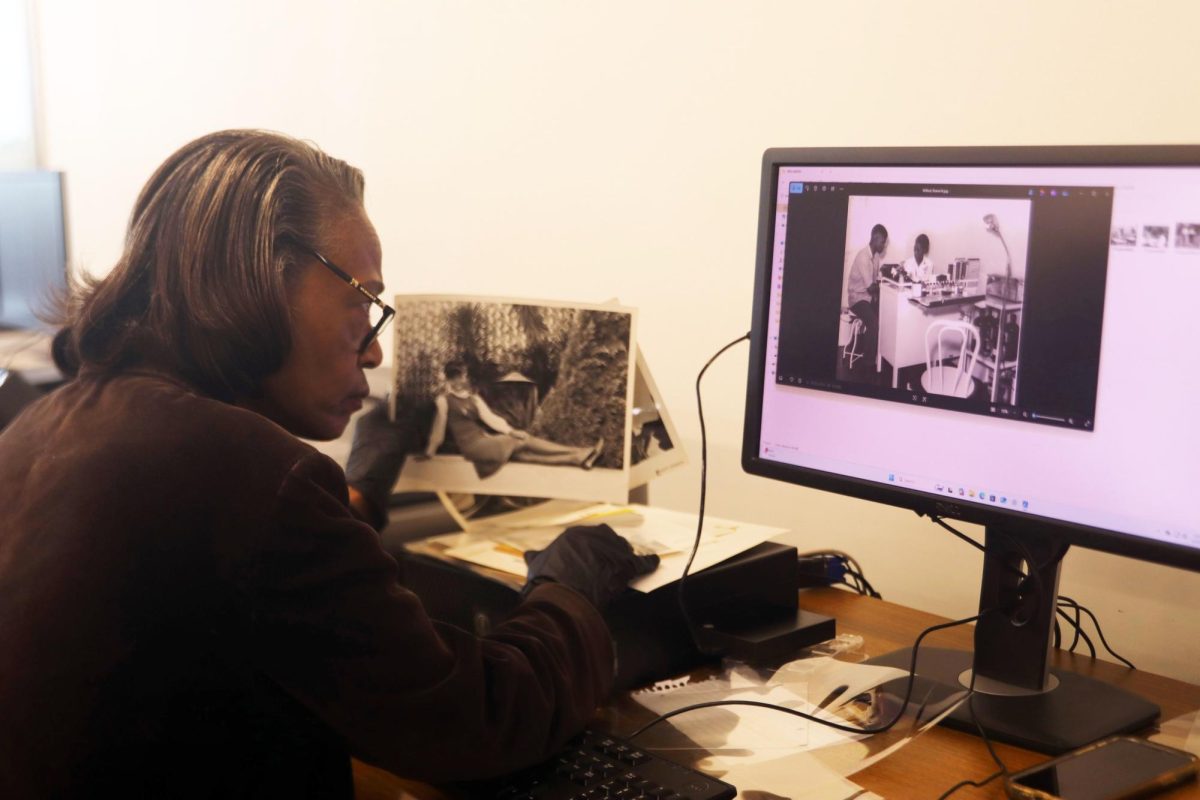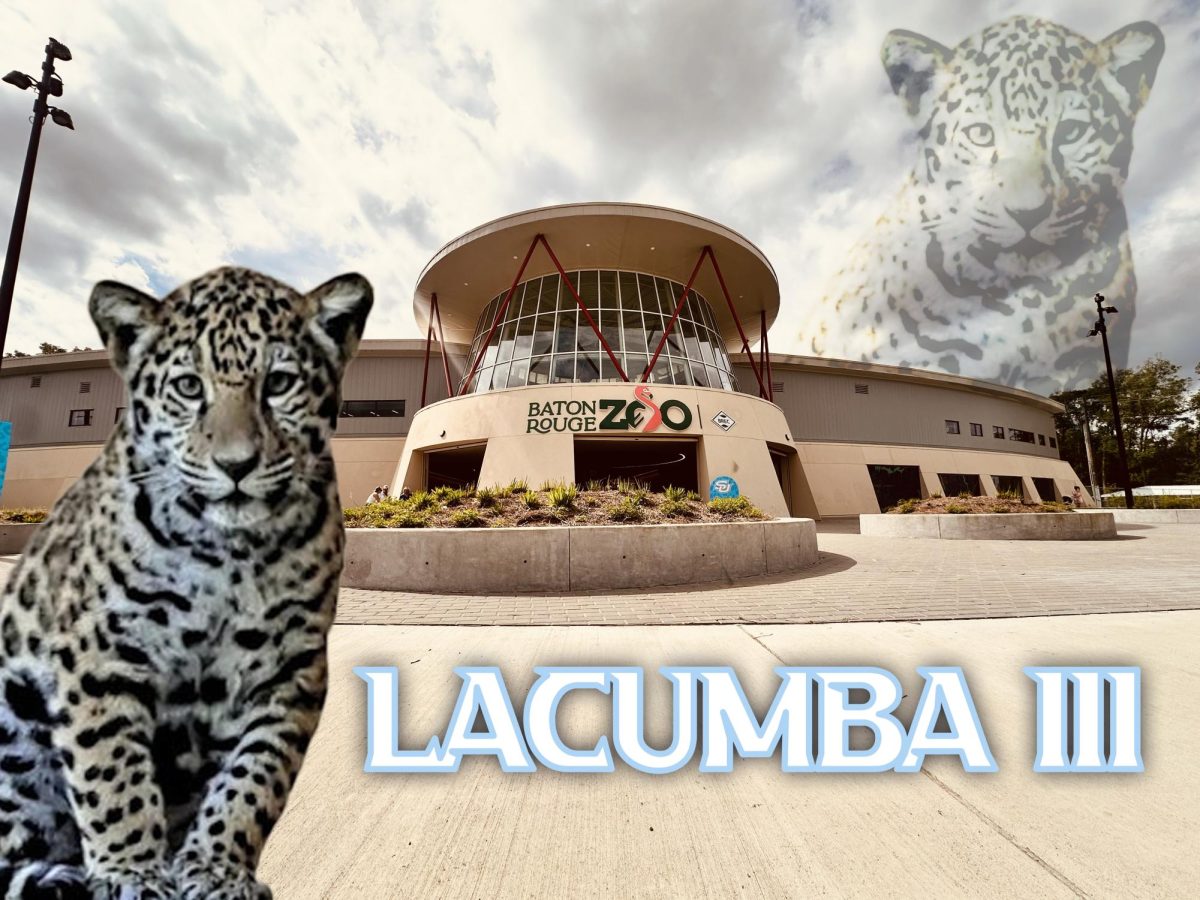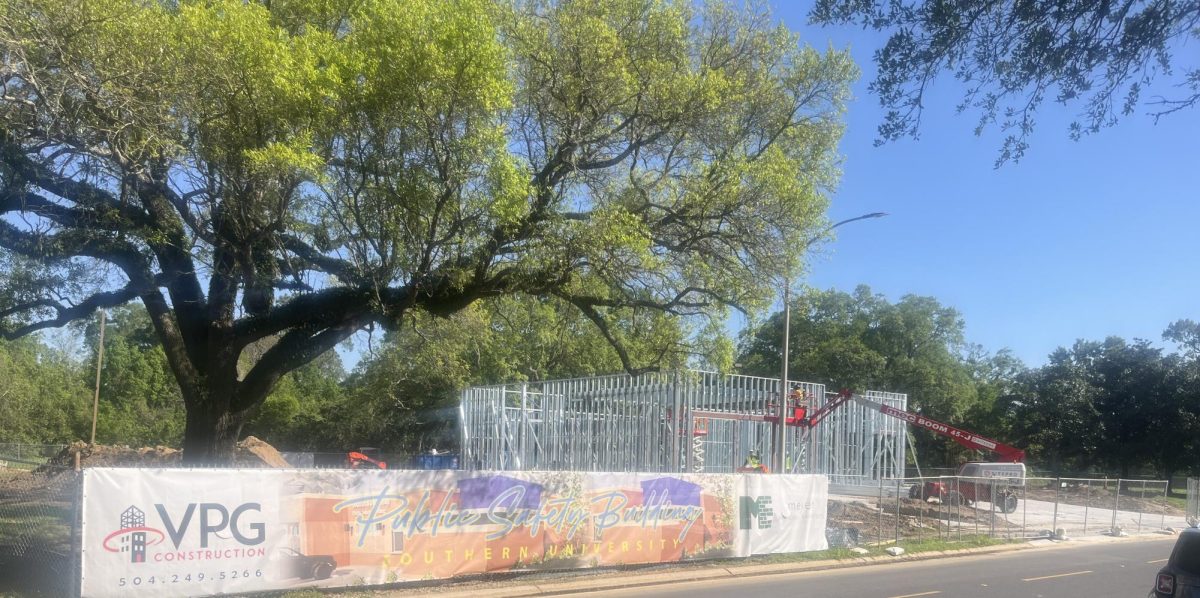Many have heard of the “ice bucket challenge,” but do you truly know the meaning behind it or are you just conforming to the latest trend. The goal of the “ice bucket challenge” is to bring awareness for a disease known as ALS.
Amyotrophic Lateral Sclerosis Disease (ALS), sometimes referred to as “Lou Gehring’s Disease,” is a progressive neurodegenerative disease that affects nerve cells in the brain and spinal cord. Motor neurons reach from the brain to the spinal cord and from the spinal cord to the muscles throughout the body. The progressive degeneration of the motor neurons in ALS eventually leads to death. When the motor neurons die, the ability of the brain to initiate and control muscle movement is lost. This effect is present when performing the “ice bucket challenge.”
There are three forms of ALS. These forms include Sporadic, Guamanian, and Familial. The Familial form occurs more than once in a family line and accounts for a very small number of cases in the United States. The Guamanian form is mostly observed in Guam and the Trust Territories of the Pacific. The most common form is Sporadic. It can affect anyone, anywhere.
When ALS first begins, signs and symptoms are so mild that they may be overlooked. Some symptoms may include impairment of the use of the arms and legs, “thick speech” and difficulty in projecting the voice, and twitching and cramping of the muscles. Other symptoms may include muscle weakness in the hands, arms, or legs, and trouble with breathing in more severe cases.
ALS is a difficult disease to diagnose. There is no one test or procedure to ultimately establish the diagnosis as ALS. A diagnosis can be established through a clinical examination and series of diagnostic tests. A comprehensive diagnostic test may include a thorough neurological examination, myelogram of cervical spine, spinal tap , a muscle or nerve biopsy, or MRI. The most commonly used diagnostic tests are electromyography (EMG), nerve conduction velocity (NCV), and simple blood and urine studies.
No cure has yet been discovered for ALS. However, the Food and Drug Administration (FDA) have approved drug treatments Rilutek or Riluzole. Riluzole is believed to reduce damage to motor neurons by decreasing the release of glutamate. Riluzole does not reverse the damage already done to motor neurons. Patients taking the drug must be monitored for liver damage and other possible side effects. All other treatments are simply designed to relieve symptoms and improve one’s quality of life which can often be painful.
“My granny had ALS and you could see how she was trying to continue her daily life but she just couldn’t [it was difficult],” said Tiffany Broussard, a 19 year old sophomore nursing major from Lake Charles, Louisiana.
With the help of the many ALS foundations located around the world, researchers are working to formulate many medications that could hopefully reverse this neurodegenerative disease. Though the “ice bucket challenge” is a fun and easy way to bring awareness, there are more productive ways to do it. Donate to the numerous ALS foundations and their research departments. Spread the word : ALS is an epidemic that must be retained.
Categories:
Amyotrophic lateral sclerosis (ALS)
November 25, 2014
0
More to Discover





